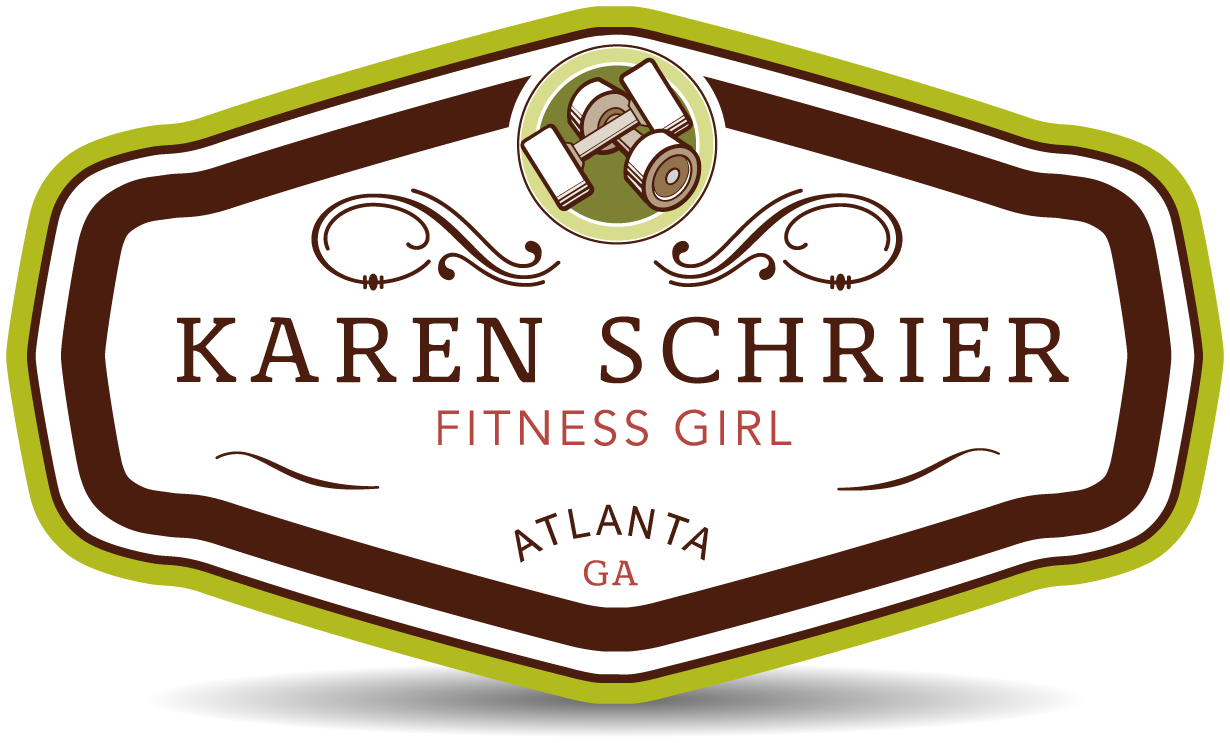It’s not easy to admit that my body is getting older. I subscribe fully to the truth that age is only a number, otherwise meaningless. I put my body through workouts now that are possibly tougher than some of the ones I did 20 years ago. And yet, I am learning I am not invincible. To be fair, I wasn’t invincible 20 years ago either. But at least back then I wasn’t expected to realize that.
Last week I strained my back—that’s where this is stemming from. It wasn’t too terrible—I could still walk and drive, I wasn’t confined to the sofa—but I was debilitated. I couldn’t pick up my son, or the cat fur I saw on the floor. Worse, I couldn’t work out. It was highly frustrating. I felt like I could see my body changing before my eyes, and then realized it had only been 2 days since I’d last exercised.
The very first thing I did when it happened was some light but consistent (hourly) stretching so my back wouldn’t just stiffen up. Getting into the stretches hurt a bit, but the stretches themselves felt wonderful. I used a cold pack and tried to lie still a while. Then I went to see an RN who’s also a personal trainer. She said, “You know why they sent you to me? Because I’m going to tell you to take the advice you give your clients every single day!” I really don’t know why I paid for the visit. I dish it out all the time:
1. Rest and ice. Just for a couple of days! Come on!
2. Ibuprofen for the inflammation—regular doses, don’t be afraid to take the meds.
3. Stretch, stretch, stretch! One yoga class a week will not suffice!
4. Vary your workouts. Too much of any one thing will almost certainly result in injury of some variety.
Just days before my strain I had been noting to myself that I had been doing almost exclusively high-impact exercise of late. My schedule has been keeping me from my usual lower-impact choices, like spinning, and we’ve been doing lots and lots of extra walking with this beautiful weather—to the point that my feet have been hurting a little. So I actually rode the bike at the gym one day—something I never do because I think it’s boring, and used the elliptical-style machine—ditto about the boring—and then, bang! The next day I bent over and my muscle spasmed and my body said, “too little too late.”
I am so grateful that my injury wasn’t as bad as I know some back injuries can be. Three days after it happened I ran in a neighborhood race. I attribute my quick recovery to all the work I do to stay strong in my legs and my core—they came to my rescue! And I took this surprise pain as a clear sign that I need to start treating my body with even more care. I don’t plan to ease up on my workouts, but I absolutely need to balance the running with the spinning and swimming and strength work, laying off from all the pounding of running to challenge my body in other ways to give my back a break. I think I’ll also take this as a sign that it’s time to start getting regular massages!
I’m an active person, always have been, and sharing the passion is what I live for. But that doesn’t mean I’m above routine aches and pains. It’s time to admit that I’m only human, and that while exercise fixes most body issues, it can also cause some—if we’re not careful.

 Close
Close